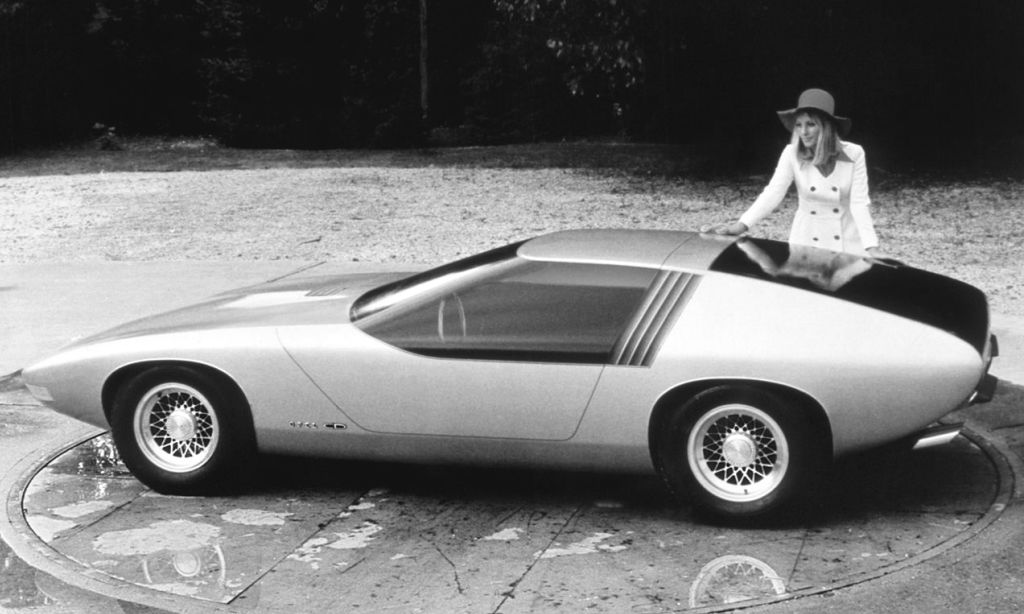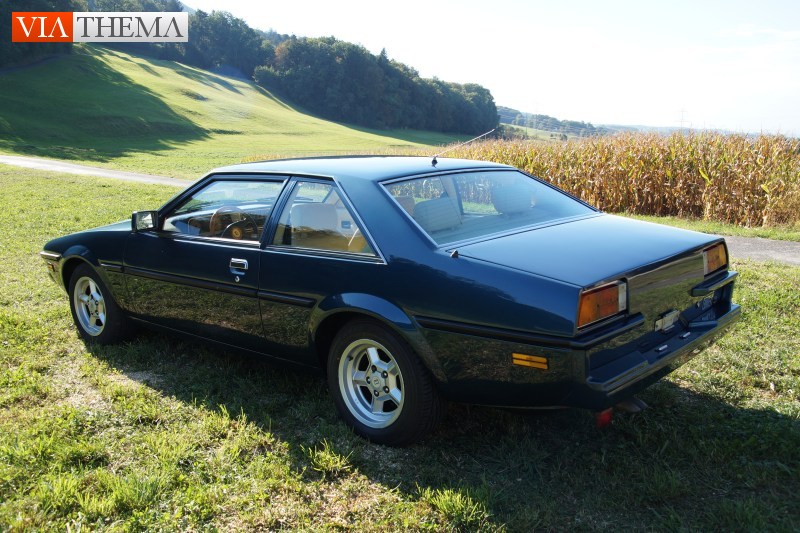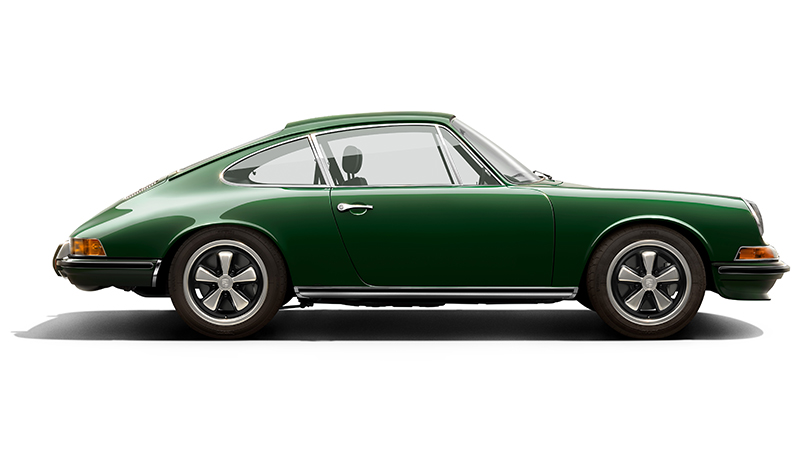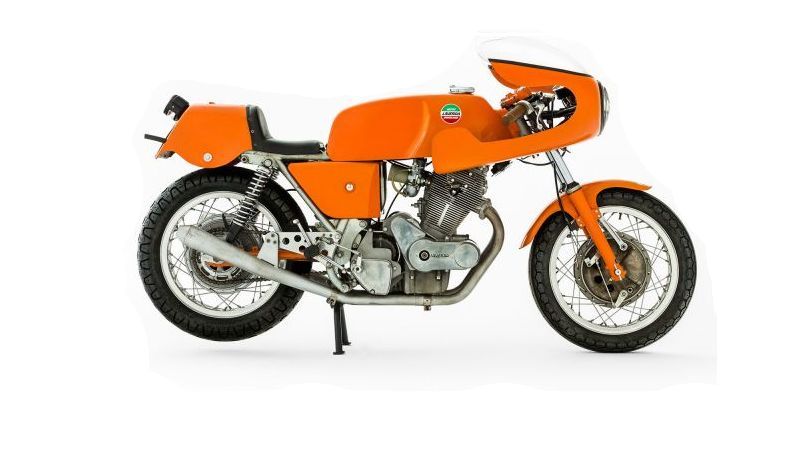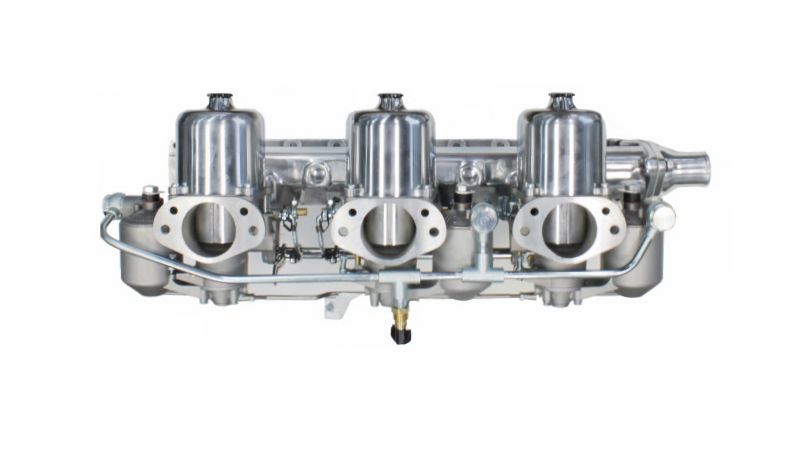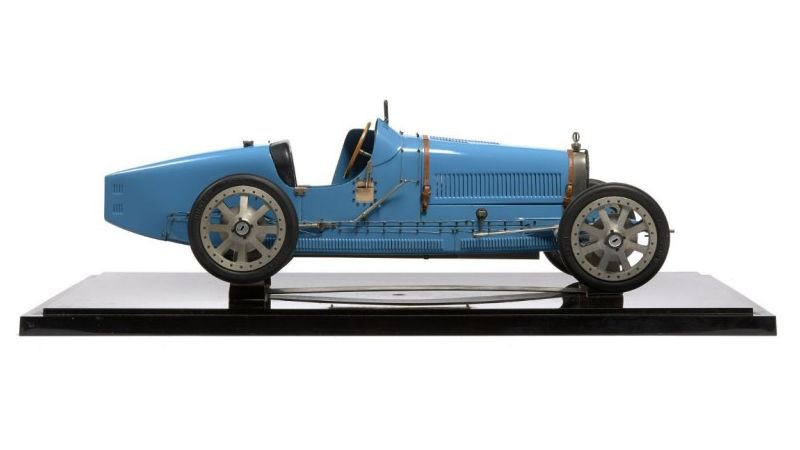Bitter Motor Cars
example Bitter successfully Sold
Ich zeichne für mein Leben gerne Autos
Erich Bitter was born on the 11th of August 1933 in Schwelm, 45 km's east of Düsseldorf in Central Western Germany. Aged 16, Erich left school, started working with his parents in their bicycle shop and dreamed of becoming a professional road-racing cyclist.
In 1954, he became the youngest German professional cyclist participating in the German Road Championship in Dingolfing. From 1954 to 1956, Bitter started riding for the Bismarck cycling team, then two years for Torpedo. He mainly drove as a domestique for Hennes Junkermann and Klaus Bugdahl. Without having much own succes, he finished his cycling career in 1958.
Due to his connections with bicycle and car-maker NSU Motorenwerke AG, Erich was able to participate in car racing. From 1959 to 1968, he entered mainly round and long distance races like the Targa Florio or races at the Nürburgring. At the beginning he drove a NSU Prince, and later participated driving Porsches, Ferraris and Mercedes 300SL's, before being offered a works contract with Abarth.
In 1965, Bitter finished third behind Manfred Schiek and Gerhard Bodmer in the Deutsche Rundstrecken Meisterschaft für Tourenwagen driving a Fiat Abarth 1000 TC.
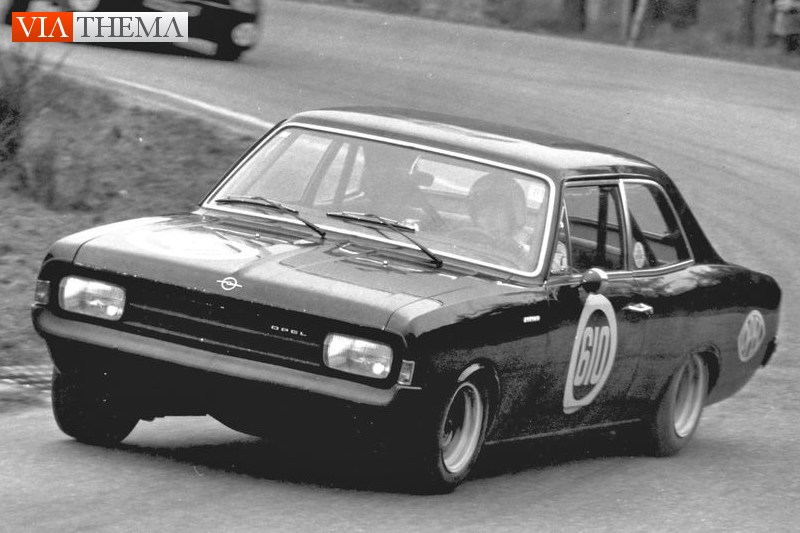
Bitter racing the Opel Rekord - Schwarze Witwe or Black Widow
In late 1968, Opel invited Bitter to drive a new Opel Rekord with 150 hp under the hood. Dressed in black and nicknamed the Schwarze Witwe or Black Widow, the saloon was more than a match for higher specs Porsches with Bitter setting the fastest lap in its class. GM's German management in Rüsselsheim was impressed and Bitter found himself with relations that would prove to be valuable in the years ahead.
Bitter was involved in three major accidents while racing, with one being very serious. At the 1969 edition of the 1000 km race on the Nordschleife of the Nürburgring, Erich lost control of his Group-4 Abarth before the bridge in the Brünnchen section. His car bounced against the guardrail, was thrown several meters high up in the air against a tree and bursted out in flames. This was his final appearance in a racecar.
During his time as a racedriver, Bitter started several automotive and racing related commercial activities. In 1960, he opened a NSU dealership in his hometown and later included Abarth, Saab and Volvo. In 1962 Erich Bitter launched a company called Rally-Bitter which specialized in the marketing of tuning kits and car accessories. The business flourished and rallying equipment such as his own Bitter Nomex rally suits were added to the product range.
From 1969, Erich started to import cars from the small Italian manufacturer Costruzione Automobili Intermeccanica. The Intermeccanica Italia, a sports car with a fiberglass body manufactured in Turin, equipped with mechanical components from Ford USA was primarily intended for the American market.
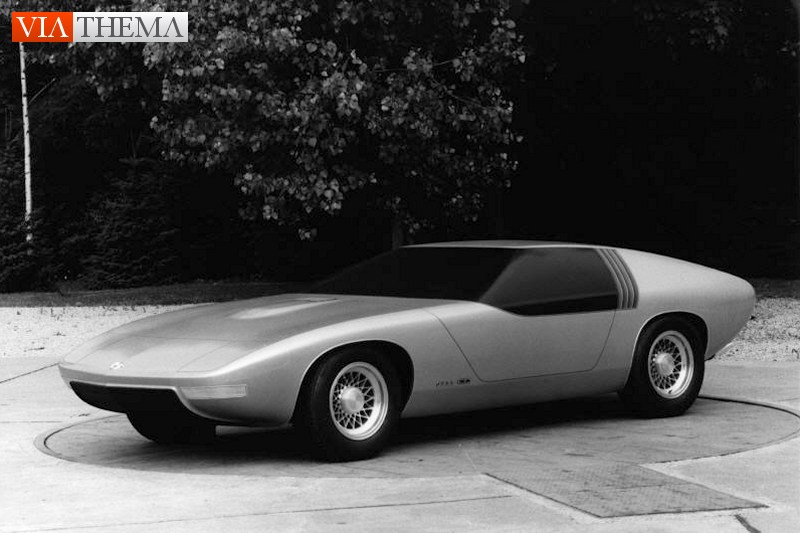
Charles Jordan designed Opel Diplomat CD Concept
Bitter made some changes to the chassis for the German market and later came up with the idea to fit the Intermeccanica Italia with modern General Motors engines and other running parts. But the Italia basicly was a 1963s design which did not allow such radical changes.
Instead, Bitter and Costruzione Automobili Intermeccanica together with the Austrian engineer Fritz Indra developed the Intermeccanica Indra. A step-and-tailback coupé as well as a convertible two-seater sportscar based on the technical components of the Opel Diplomat.
The car was still manufactured in Turin and sold as Intermeccanica. Bitter was responsible for the distribution in Europe, but he was very disappointed with the quality of the Italian produced bodyshells.
The short, sour and expensive relationship with Intermeccanica was the drive that encouraged Erich Bitter into building a car of his own with German quality standards and his friends at Opel supported the project.
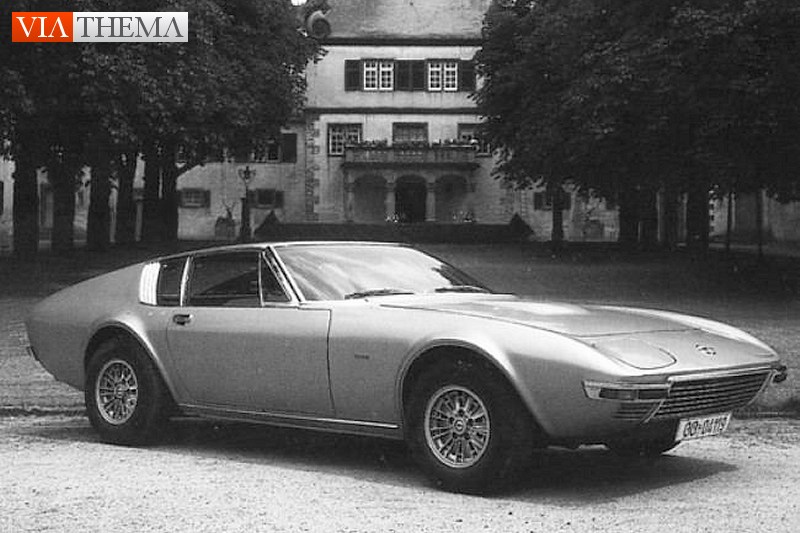
Pietro Frua designed Opel CD
On the 9th of September 1969, Opel displayed the Opel CD Diplomat concept at the Frankfurt Auto Show. This spectacular prototype was the work of a team led by American designer Charles Jordan, the same man who designed the Opel GT as well as a number of well-known American cars like the 1963 Buick Electra and the 1967 Cadillac Eldorado.
Thanks to the positive reaction to the CD concept, Opel considered developing a production model. The doors would adopt a conventional opening system and the bumper bar, windshield wipers and other parts would be derived from the Opel Diplomat in order to facilitate production and maintain costs.
Robert Bob Lutz, who was Head of Opel at the time and was keen to produce the car, commissioned Italian coach-builder Pietro Frua to advance the concept and produce two road-going prototypes. Unfortunately, after those prototypes the project was canceled.
Opel couldn't build the CD in-house and it feared Frua's relatively small workshop didn't have the necessary production capacity to assemble even a low-volume car. Opel's bean counters believed the automaker would lose money on the CD because it would be an expensive halo car that would appeal to a very small target audience, and GM executives in Detroit ultimate blocked the car on account that it could end up rivaling the Corvette.
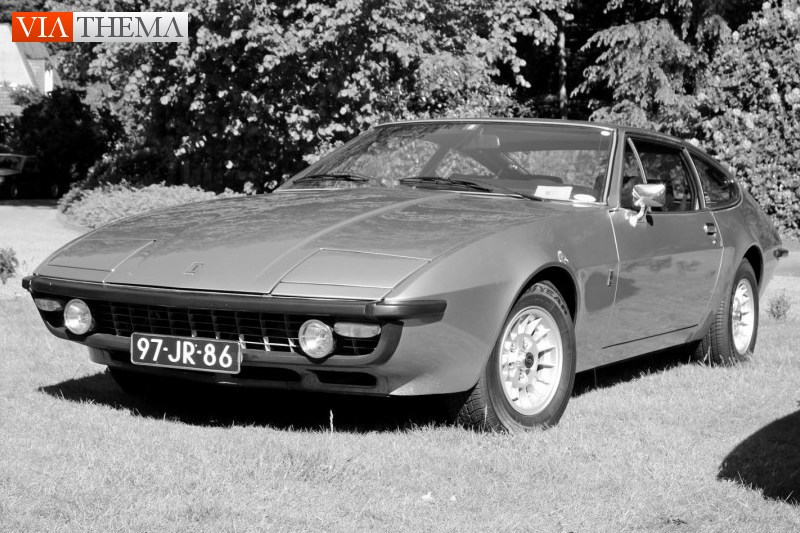
Erich Bitter designed Bitter CD
When Erich mentioned his interest in building his own car on a shortened Opel Diplomat platform like his involvement in the Intermeccanica Indra project, it was GM Chief designer David Holls who encouraged Erich Bitter to continue to develop and build the CD prototype under his own Bitter brand.
As a result, Erich founded Bitter GmbH & Co. KG in 1971. The company was based in his hometown of Schwelm, Germany.
Since Bitter did not have the necessary capital and other resources to set up his own production facilities, Bitter turned to Baur GMBH in Stuttgart. As a proven independent small-scale manufacturer, he selected them given their ability to produce high-quality prototypes and limited production cars for other German manufacturers.
Bitter based his original CD designs on those of the second Frua prototype which featured influences from the Maserati Ghibli and the de Tomaso Mangusta. The stunning three-door hatchback coupé was powered by a 227 hp Chevrolet 5.3-liter V8.
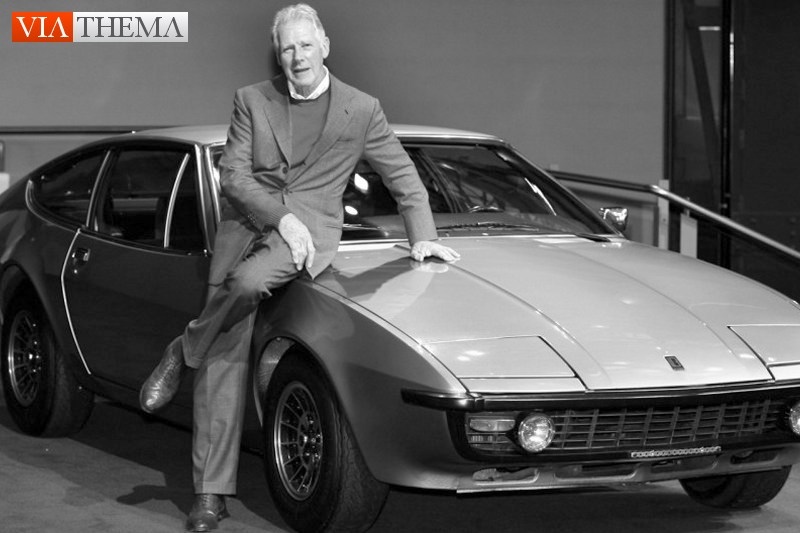
Erich Bitter with his first creation: the Bitter CD
Although well received at the 1973 Frankfurt auto show, the CD began life at exactly the wrong time. Bitter received orders for 176 CDs at the Frankfurt show alone, but the oil crunch hit shortly thereafter, meaning most orders for the thirsty V-8s were cancelled. Nevertheless, production continued on the CD until 1979. In total, Bitter built 395 cars and established himself as a real entity in the business. Purchase price of a Bitter CD in 1974 was 58.400 DM.
Bitter's second project, the SC, started in 1977 while the CD was still in production. Opel had decided it would stop production on the Diplomat, and once that happened, no matter how successful Bitter's car was, the platform would disappear. In 1978, Opel launched a new technologically advanced car, called the Senator. The new Opel was not only lighter, but also powered by a more efficient fuel-injected 3.0-liter inline six-cylinder engine.
The SC wasn't ready for production until 1981, and by that time, Baur was busy with other projects and no longer had the capacity to build vehicles for Bitter. Although other German manufacturers would have been the first choice, the contract was eventually given to the Italian manufacturer OCRA. After only 79 units, the contract was pulled from OCRA due to quality issues and given to a second Italian builder, Maggiore.
The handmade interiors also were sourced from Italy from leather maker SALT. Until 1983, bodies and interiors were built in Italy and shipped back to Bitter's factory in Schwelm, Germany, for final assembly. Eventually, demand outgrew production capacity.
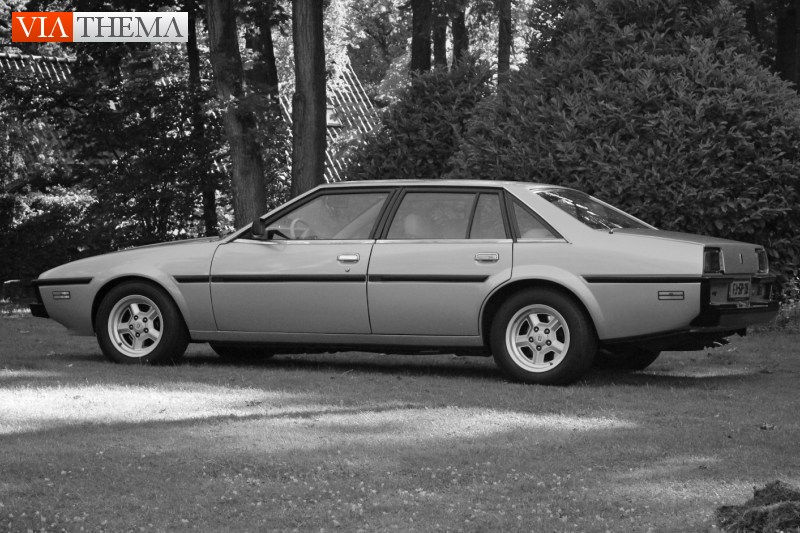
Bitter SC in only One of Five produced 4-door version
By 1983, all Bitter's manufacturing was being handled by Steyr-Daimler-Puch in Graz, Austria. Bitter had designed sedan and convertible versions of the SC, and it was determined that outsourcing the final assembly was the only viable option. All SCs were still delivered to Schwelm for final inspection and test drives, but no manufacturing was being done at the headquarters. By this point, three to four cars a week were being built, and the SC could certainly be deemed a success. Bitter built 461 Coupés, 22 Convertibles and 5 four-door sedans of the SC-series.
In 1984, Erich Bitter teamed up with Chicago-based real-estate millionaire Lee Miglin to bring the cars to the United States. From 1987 to 1997 he ran the "Bitter Automobile Company" in Santa Monica, until his business friend Lee Miglin fell victim to the serial killer Andrew Phillip Cunanan, who also killed Gianni Versace.
Between 1987 and 1997 Erich Bitter produced several prototypes, but was not able to raise sufficient funds in order to start production. His company ceased trading in 1997, but Bitter still works in car design and engineering heading his own sub contracting company employing 50 people. The Bitter GmbH builds prototypes for VW.
In 2001 there were some rumours about a possible appearance on the 2001 Frankfurt Motor Show with a left hand drive Holden HSV with Bitter badge. Apparently this project was cancelled prematurely.
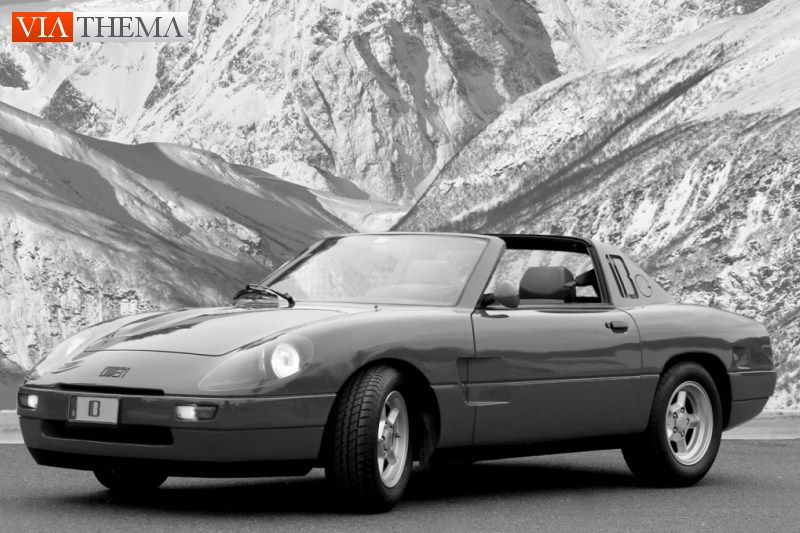
1984 Bitter Rally GT
On the 2003 Geneva Motor Show, however, Erich Bitter surprised the automobile audience presenting a new stylish coupé based on the Australian Holden Monaro. The Bitter CD2 has attracted a lot of attention of the press but after 3 consecutive appearances in Geneva the project was cancelled again.
2003 was also the year of the 30th anniversary of the Bitter CD and the 70th anniversary of Erich Bitter himself. In August 2003 the Bitter Club International organized a big surprise party in Erich Bitter's hometown of Schwelm.
Erich Bitter wouldn't be Erich Bitter if he gave up easily. In 2007 he came back with the Bitter Vero, a big four-door saloon based on the Australian Holden Statesman. The car was presented to the press and the Bitter enthusiasts community during an impressive show.
With its distinctive looks and exclusive trim the Vero should have been an alternative for the high-end models of the European car brands. Only a handful of Veros were sold.
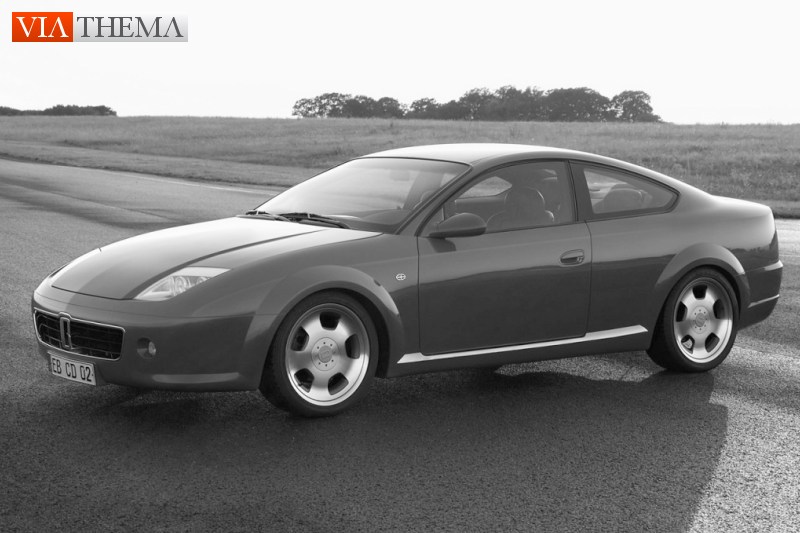
Holden Manaro based Bitter CD 2
In 2009 Erich Bitter managed to impress the European Opel management with the superb interior of the Vero and negotiations started about offering a high end Opel Insignia with Bitter finish. For marketing reasons the cars would not carry a unique Bitter name but were offered as Insignia By Bitter.
We are looking for the following cars. If you do have any of the below listed vehicles - and you are ready to sell - please Contact Us.
| Bitter |
|---|
| CD |
| SC |
We buy, sell, broker, locate, consign and appraise exceptional classic, sports and collector Bitters'
Contact us when you are serious about buying a fine Bitter Motor Car or to arrange a free and confidential valuation with a view to selling.
